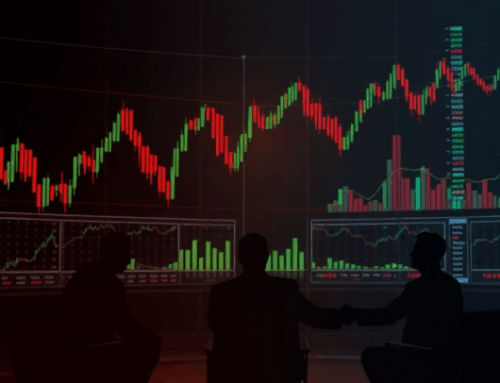Europe has installed so many renewable energy sources that it is now facing an unusual pro
June 20, 2025
Europe is faced with a paradox: green electricity production is so abundant that prices are historically low, or even negative. This unprecedented situation highlights the challenges of managing an increasingly carbon-free electricity grid.
Spain and Germany, emblematic examples
Europe, champion of the energy transition, now produces more wind and solar energy than the United States. This success, the result of massive investment and a strong political will, is giving rise to an unexpected paradox: electricity that is so abundant that it sometimes becomes free, or even expensive, for consumers.
Spain, bathed in sunshine, sees its wholesale prices collapse at the height of the day, when photovoltaic production is in full swing. Last April, the combination of strong hydroelectricity and generous sunshine even led to negative prices on the electricity market.
Germany, less renowned for its sunny climate, is not to be outdone. Thanks to its onshore and offshore wind farms, it experienced more than 300 hours of negative prices in 2023. A real upheaval for a country that has long depended on Russian gas.
Economic consequences for a network management challenge
This cheap energy, at first sight a godsend for consumers, poses a headache for electricity grid operators. Because green electricity is intermittent and unpredictable, it does not always adapt to demand. Periods of overproduction, which are becoming more and more frequent, mean that we have to compensate by activating gas-fired power stations or other controllable energy sources.
This unprecedented situation is having major economic repercussions. Renewable energy producers are seeing their income fall, as they can no longer sell their electricity at the higher price. In Germany, their capture rate, i.e. the proportion of their income in relation to the average market price, has halved in three years.
Three paths to a smarter energy future :
- Improve the interconnection of electricity grids. This would allow surplus electricity to be channelled to regions where demand is higher. But there are technical and political obstacles to this option, notably the opposition of certain local populations.
- Shifting consumption to times of abundance. Thanks to smart meters, consumers could programme their household appliances (washing machines, dishwashers, etc.) to run when electricity is cheapest. But the roll-out of these meters is still too slow.
- Storing excess energy. This is the most promising solution, but also the most complex. It requires massive investment in giant batteries, pumped-storage hydroelectric power stations or innovative systems such as storing energy in hot sand (currently being tested in Finland).
Europe, a pioneer in renewable energies, is facing an unprecedented challenge: managing an abundance of energy. To meet this challenge, it will need to demonstrate innovation, boldness and cooperation. The continent’s energy future depends on it.
Search
RECENT PRESS RELEASES
Related Post



